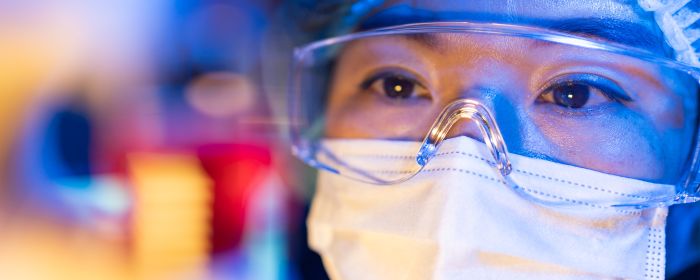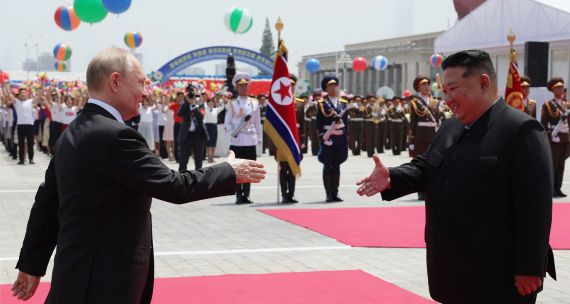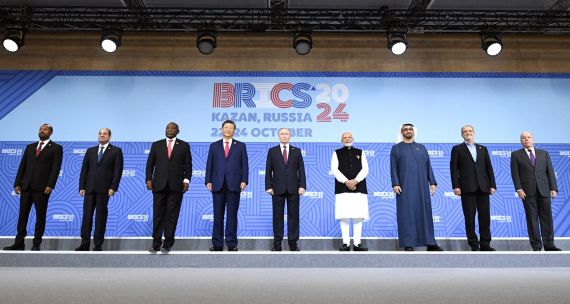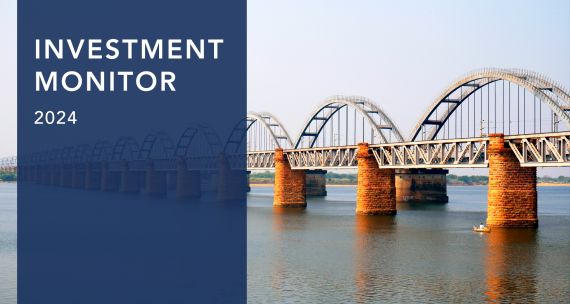On April 8th, more than 50 physicians, logisticians, and head administration officials from Vancouver Coastal Health and from across British Columbia had a conference call with doctors and nurses from Central Hospital in Wuhan, China – arguably the first responders on the front line of the global war against COVID-19.
The informal call was the second of a series organized for Vancouver health-care professionals to learn from China’s experience around pandemic response and mitigation. Over the course of one hour, Canadian and Chinese doctors and nurses spoke about the challenges, best practices, and experiences they have had in dealing with the coronavirus outbreak.
The following notes outline the main discussion points between British Columbia-based health-care professionals (Canada side) and their Chinese counterparts (Chinese side).
In contrast to the first call (see Wuhan Dispatch: Part 1), the second call focused more on best practices around clinical treatment, including when to introduce different methods of ventilation support and what types of medication have proved effective in treating COVID symptoms.
The Chinese side . . . noted that patient trajectory depended entirely on a locale’s preventative measures and that the virus’ spread was curtailed primarily by limiting person-to-person interaction (social distancing).The Canadian side began the discussion by asking about patient trajectories, as in how many patients B.C. health-care professionals should anticipate seeing over the coming weeks and months. The Chinese side did not provide a specific answer, but instead noted that patient trajectory depended entirely on a locale’s preventative measures and that the virus’ spread was curtailed primarily by limiting person-to-person interaction (social distancing).
The Canadian side then asked for the Chinese side to share their experiences around oxygenation and ventilation of COVID patients. The Chinese side noted that most instances of COVID response that resulted in the need to provide some form of ventilation support occurred about one week after COVID symptom onset. The Chinese side outlined a progressive form of treatment, based on patient oxygenation levels, noting that patients with hypoxemia (low blood oxygen levels) required more rapid ventilation support than those with normal oxygen levels.
In general, the Chinese side described a progressive form of treatment that started with low-flow oxygen, included awake proning/repositioning, moved to high-flow oxygen, non-invasive mechanical ventilation, and ultimately, intubation. When asked, the Chinese side suggested moving from one treatment method to the other as needed, as quickly as a matter of hours when necessary.
The Canadian side noted that doctors in Vancouver had observed two main phenotypes in COVID patients.The Canadian side then asked the Chinese medical professionals whether they varied treatment for COVID patients based on pulmonary (lung) compliance. The Canadian side noted that doctors in Vancouver had observed two main phenotypes in COVID patients: highly compliant lungs that were easy to ventilate, and poorly compliant lungs that were difficult to ventilate. These Canadian doctors’ initial assessment was that mechanical ventilation for patients with hyper-compliant lungs could be counterproductive or, in more extreme cases, could end up doing more harm than good.
The Chinese side noted a similar experience with both pulmonary compliance phenotypes and concurred with the Canadian doctors’ assessment regarding treatment variation. For both the Canadian and Chinese sides, this understanding of pulmonary compliance and treatment differed from earlier approaches, which prioritized mechanical ventilation for all patients with pulmonary distress.
The discussion then moved to the effectiveness of anti-viral medication in the treatment of COVID-19 patients. The Chinese side noted some possible success in treating COVID symptoms with Chloroquine, although noted such treatment must be used carefully in patients with cardiac conditions. Barring this caveat, Chinese doctors found Chloroquine potentially useful when administered at an early phase of treatment.
Conversely, the Chinese side did not see much benefit from using Remdesivir in COVID patients. Indeed, the Chinese doctors noted that they had used Remdesivir in a small clinical trial with 180 subjects and found the anti-viral’s effects underwhelming.
The Chinese side did, however, note some success with immune suppression treatments, primarily steroids (Prednisone). The Chinese side described a treatment of 40 mg of steroids for one to two days after which, if the patient responded positively, they would increase the dose for three to five days. Chinese health-care providers have used immune suppression treatments to treat respiratory trouble and fever in a small population of patients suffering from over exaggerated immune responses to COVID-19 infection.
The Chinese side specifically pointed to some irregularities around testing results that have caused them some concern.When asked what measures they would recommend the Canadian side adopt immediately, the Chinese side identified the potential challenges they faced around testing and relaxation of mandatory social distancing measures. The Chinese side noted, for instance, that measures to ‘re-open’ Wuhan depended on accurate testing. The Chinese side specifically pointed to some irregularities around testing results that have caused them some concern.
The Chinese side currently employs a three-part approach to testing that includes positive/negative testing for COVID infection, COVID live virus, and COVID serological antibodies (immunity) tests. Until recently, the Chinese side believed this testing regime allowed them to say, with near certainty, who has the COVID virus, who has recovered from COVID, and who is immune to the virus. This approach to testing has determined who can return to work, for instance. In recent days, however, the Chinese side has observed mixed testing results that draws their understanding of COVID into question.
The Canadian and Chinese sides did, however, expect to develop greater certainty around COVID going forward.Some COVID patients, for example, have tested positive several weeks after having been ‘cured’ and testing negative. Other patients have not developed COVID antibodies. These potentially ‘re-infected’ individuals have both developed new symptoms and have been asymptomatic. However, it may just be either persistent infection without the ability to produce long-term immunity or problems with the tests themselves. While confined to a relatively low number of patients (1 %), this testing irregularity has puzzled China’s infectious disease doctors.
Notably, issues around reinfection have also emerged in countries like South Korea and Italy, both of which have responded with more robust testing regimes. Both the Canadian and Chinese sides expressed similar confidence in COVID testing’s overall effectiveness but noted that challenges remain at this early stage of the pandemic. The Canadian and Chinese sides did, however, expect to develop greater certainty around COVID going forward.





